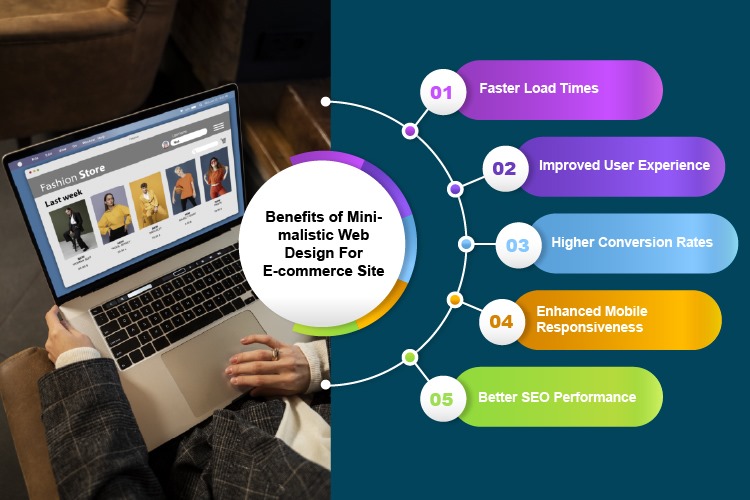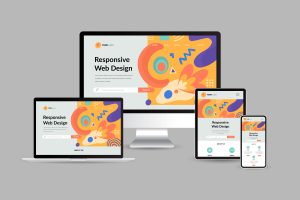In the ever-evolving world of ecommerce, standing out is more challenging than ever. The importance of minimalistic web design for ecommerce cannot be overstated. Today’s shoppers crave clean, fast, and intuitive online experiences. A cluttered interface leads to confusion and lost sales, while a streamlined, minimalistic design can significantly boost conversions. In this article, we’ll explore why minimalistic web design is a game changer and how it can revolutionize your ecommerce success.
Why Minimalistic Web Design Matters for Ecommerce
Minimalistic web design isn’t just a trend — it’s a proven strategy for maximizing user experience and sales.
Enhancing User Experience
A clean design removes distractions and guides customers toward making a purchase.
- Simplified navigation: Easier for users to find products.
- Faster load times: Minimalistic pages load quicker, reducing bounce rates.
- Clear calls-to-action: Buttons and prompts stand out more.
When visitors find your website easy to use, they’re far more likely to become paying customers.
Boosting Conversion Rates
The importance of minimalistic web design for ecommerce shines when it comes to conversions.
According to Think with Google, sites that load within 5 seconds experience up to 70% longer average sessions. A minimalistic layout ensures fast performance, keeping customers engaged and guiding them toward checkout.
Key Elements of an Effective Minimalistic Ecommerce Website
Mastering minimalism requires intentional design choices.
Plenty of White Space
White space creates a breathable, calming environment. It helps highlight key elements like products and calls to action.
Limited Color Palette
Stick to 2-3 core colors to maintain consistency and avoid overwhelming visitors.
Streamlined Navigation
Limit menu items and prioritize the most important pages. Consider using a mega menu for larger product categories, but keep it clean.
High-Quality Visuals
Minimalistic designs rely heavily on strong imagery. Use product photos that are sharp, well-lit, and minimal in composition.
Minimalistic Web Design Is a Game Changer: Here’s Why
The phrase “minimalistic web design is a game changer” is not an exaggeration. It transforms ecommerce businesses in several critical ways:
- Improves Mobile Experience: Mobile shoppers appreciate quick, intuitive browsing.
- Reduces Decision Fatigue: Less visual clutter means easier decision-making for buyers.
- Elevates Brand Perception: A clean design conveys professionalism and trustworthiness.
- Simplifies Maintenance: Fewer design elements mean fewer technical issues and easier updates.
Minimalism isn’t just beautiful — it’s practical.
Real-Life Examples of Minimalistic Ecommerce Success
Several global brands have leveraged minimalistic web design to grow their ecommerce sales:
- Apple: Clean product pages with lots of white space.
- Everlane: Transparent, focused product storytelling.
- Allbirds: Simple navigation and eco-conscious messaging without clutter.
These brands show that minimalistic web design is a game changer when executed strategically.
Best Practices for Implementing Minimalistic Web Design
Focus on Core Goals
Design every page with a single objective — whether it’s promoting a product, capturing an email, or completing a sale.
Use Consistent Typography
Choose one or two fonts and use them consistently. Clear typography improves readability and reinforces branding.
Optimize for Speed
Minimalism isn’t just about aesthetics; it’s also about performance. Compress images, minimize scripts, and prioritize mobile responsiveness.
Learn more about optimizing site speed.
Conclusion
The importance of minimalistic web design for ecommerce is clear: it enhances user experience, boosts conversions, and strengthens brand perception. By embracing simplicity, you provide customers with a smooth, enjoyable shopping experience that drives sales and loyalty. Truly, minimalistic web design is a game changer for any ecommerce business aiming for sustainable growth.
Ready to revamp your ecommerce site? Start by simplifying your design and focusing on what matters most — your customers.





